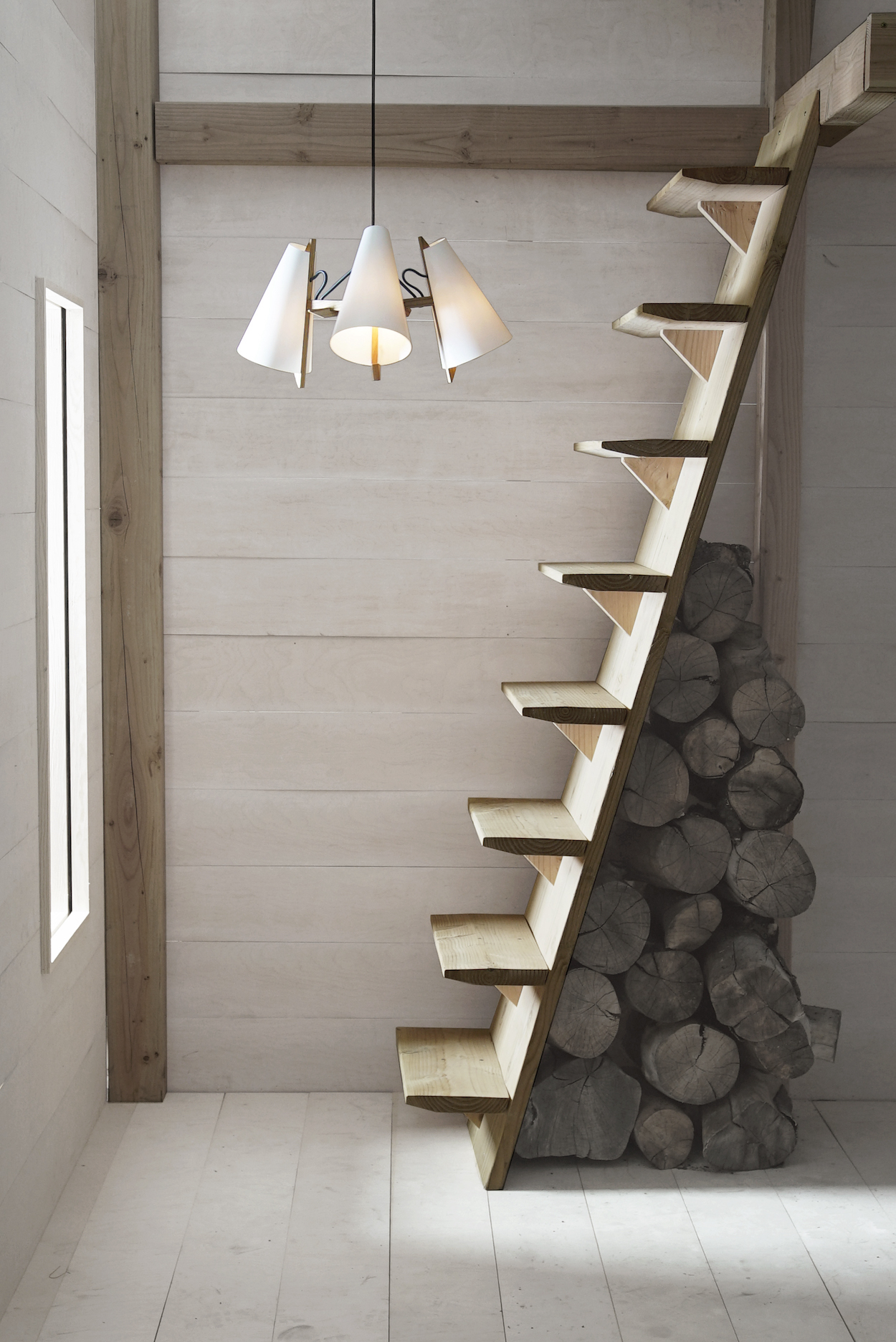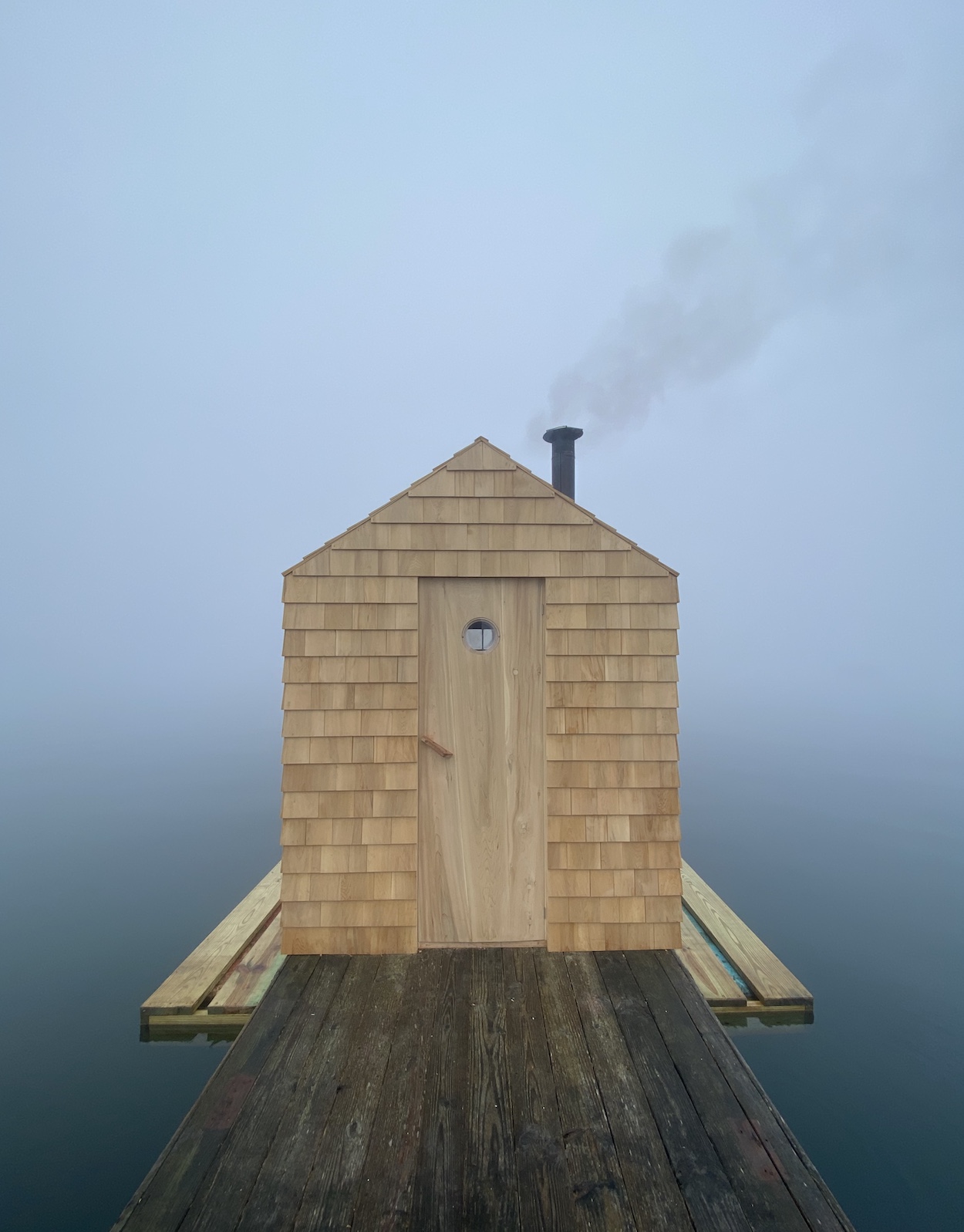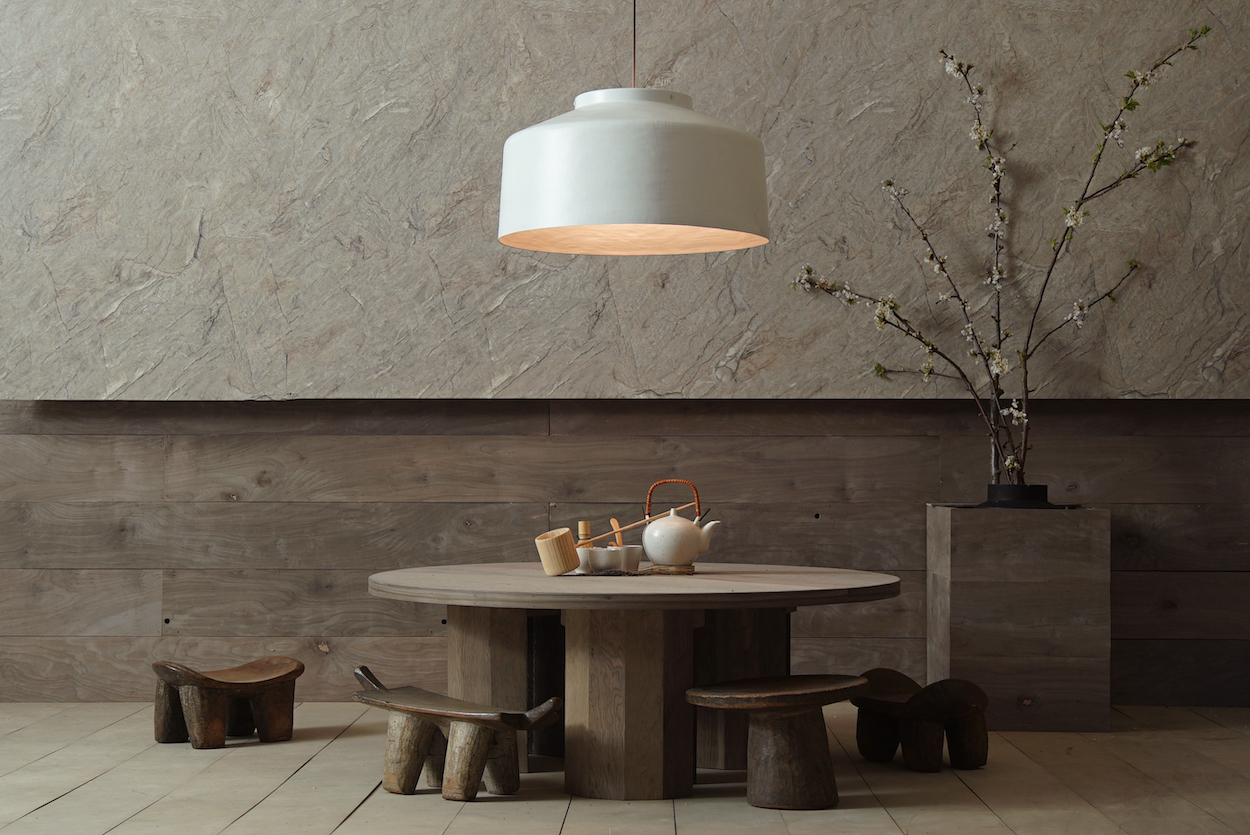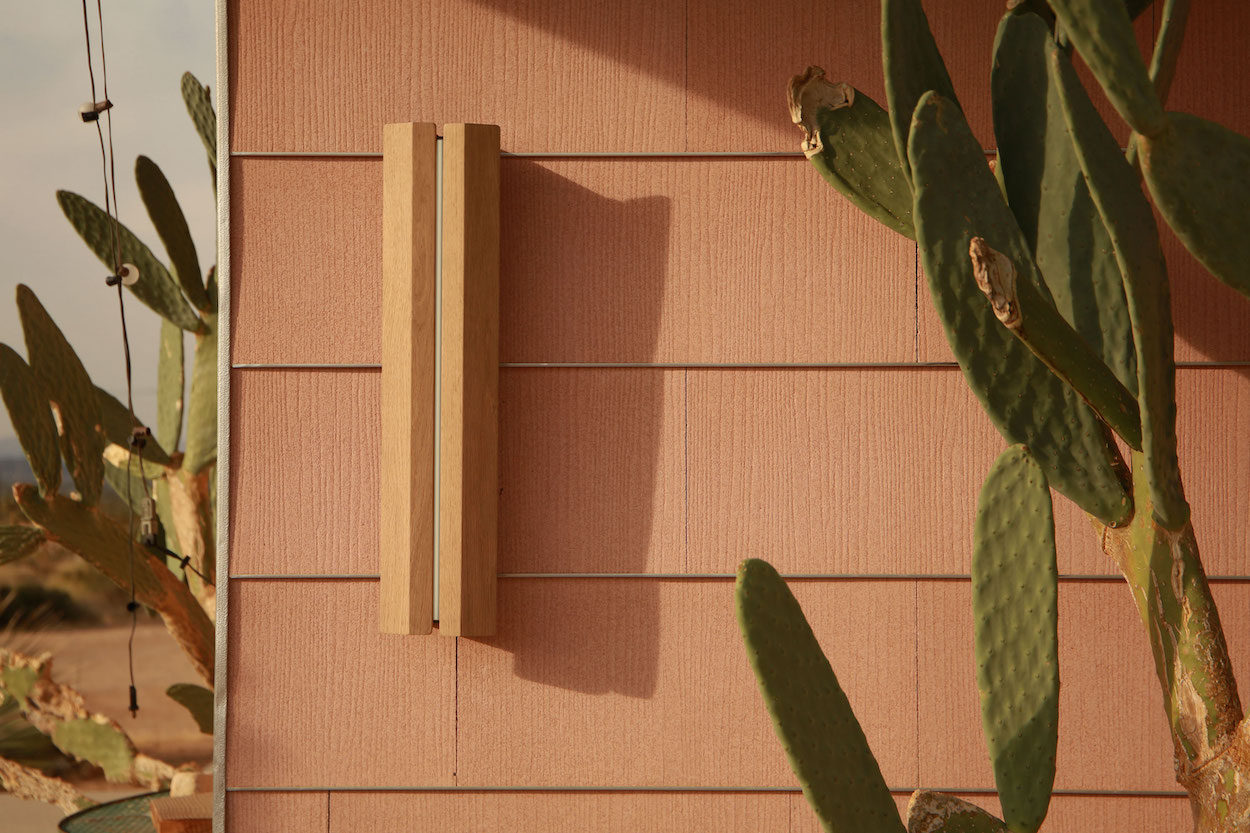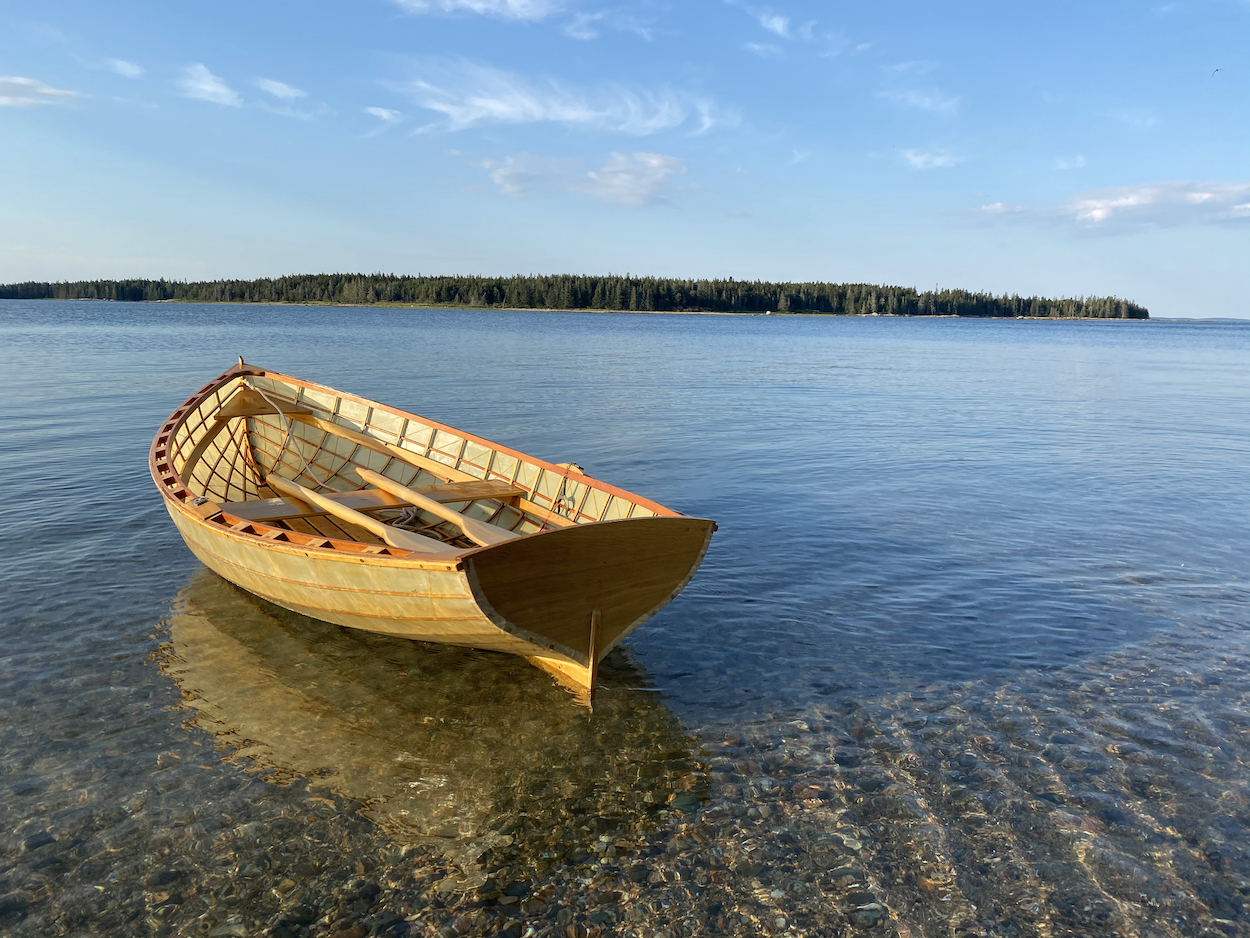Here, we ask designers to take a selfie and give us an inside look at their life.
Age: 42
Occupation: American lighting designer.
Instagram: @brendanravenhillstudio
Hometown: Abidjan, Côte d’Ivoire.
Studio location: Los Angeles, California.
Describe what you make: I’m an accidental lighting designer. I studied sculpture and industrial design, and the studio engages in other work, designing objects and interiors, but we’re primarily known for our lighting. We create narratives by exploring material, physics, and manufacturing, drawing out the stories behind the lights, objects, and spaces we design.
The most important thing you’ve designed to date: Also the biggest thing we’ve designed, which is the studio as a practice. Whereas the objects and spaces we design exist more as moments in time, the studio is an ever-evolving project that we improve and make better through daily practice.
Describe the problem your work solves: Our work is often inspired by clients who are looking for specific typologies or fixtures they’ve had trouble sourcing in the market. What we love about lighting design is the ability to focus on all the little details, even down to designing our own custom LED light bulbs. Our lighting families have a sculptural quality to them, while also being grounded in a formal exploration of materials and manufacturing methods.
Describe the project you are working on now: We’re currently designing a restaurant in Los Angeles for a friend and client who we’ve designed two other restaurants for in California. The space is inspired by the warmth of California modernism. It’s almost like we’ve taken an Eames dining chair as our jumping off inspiration, drawing on those rounded details and warm tones. We’re trying to create a refuge that’s inviting and open in its sight lines and layout. Making use of the existing infrastructure, we stripped back the floorplan to create a series of zones, anchored by a central dining space. The two exterior walls are grounded by an oak and tile bar, and an open kitchen pass where the restaurant’s craft can be seen and celebrated.
Designing an interior challenges us to think at a different scale than our lighting, and it’s always a good reminder that puts us in the shoes of our clients, the architects and interior designers who design spaces as their daily practice. Working at this scale often makes us realize how our fixtures work in projects, and helps us identify needs we can fill with future designs. It’s also a great chance to jam a space full of all of our work in an idealized context, where all the details support and reinforce each other.
A new or forthcoming project we should know about: We’re currently working on a new family of fixtures that utilize a simple conical lampshade covered in 100 percent cotton and supported by an articulating swivel joint, which allows the fixtures to be used in a variety of orientations. The family, which we’re calling Slide, grew out of repeated requests from clients for fixtures that would work in low ceiling spaces. The family includes a semi-flush pendant, which hangs close to the ceiling and branches out into multi-armed fixtures, and wall-mounted sconces that can cast light up, down or against the wall.
What drove Slide formally was a desire to celebrate a perfectly conical and illuminated shade, which proved tricky to accomplish in manufacturing. It was said to be impossible by the multiple fabricators we first engaged, but through persistence and problem solving we worked out a method that achieved our desired results, though it did mean creating custom tooling. The end result utilizes a side-supporting armature, so that the shade can come to a delicate and refined point without interruption. We worked through a thousand different angles to get the proportions of the shade just right, settling on an angle of 52 degrees, which allows the cone to read in profile as an equilateral triangle, though in reality that’s an optical illusion.
What you absolutely must have in your studio: A prototyping shop with tools that can approximate the manufacturing methods that our vendors use. Building quick and early prototypes is how we discover form, and having the ability to see how materials handle allows us to understand how we should build our fixtures. We also can’t live without seltzer on tap, so we installed a restaurant grade seltzer maker in our studio eight years ago and never looked back.
What you do when you’re not working: I spend a couple of months every summer in Maine building boats with Islesford Boatworks, a nonprofit boat building program I helped found in 2006. Throughout the year I spend time with the family in and around Los Angeles, exploring the Sierra, the high desert around Joshua Tree, and the coast.
Sources of creative envy: Piet Hein Eek and the crazy world he built in Eindhoven. Georgia O’Keeffe and her multiple compounds in New Mexico. James Turrell and his extinct volcano. Frida Kahlo and her home and studio in D.F.
The distraction you want to eliminate: I try to reduce the number of distractions in any given day. I pick a uniform and stick to it for years on end. I drive a truck without bluetooth so I can listen to the same CDs and tapes on my short commute. If I could just figure out how to stop reading The New York Times every day, I would be pretty free of distractions.
Concrete or marble? They’re both not great for the environment, but both have their utility. I’d probably say concrete for its hard-to-surpass utility.
High-rise or townhouse? Multi-family townhouse? I believe in density but also community.
Remember or forget? Always remember. Don’t forget but always forgive.
Aliens or ghosts? Ghosts.
Dark or light? Dusk.

